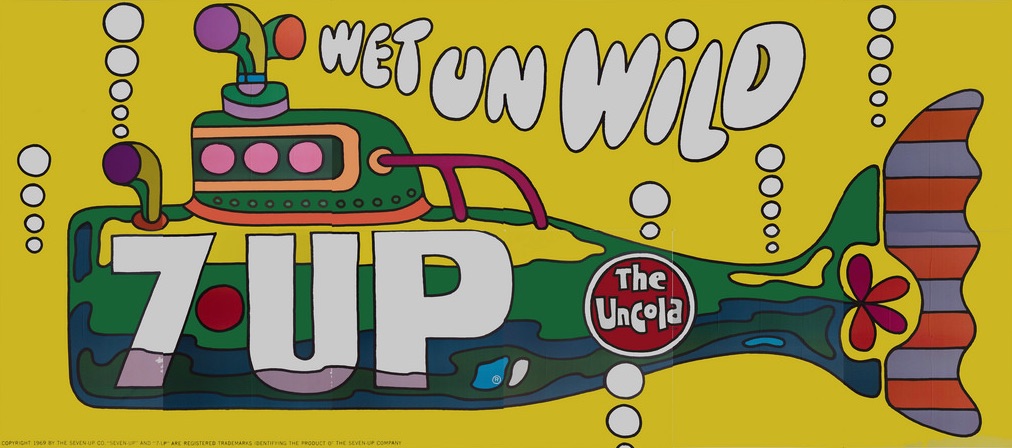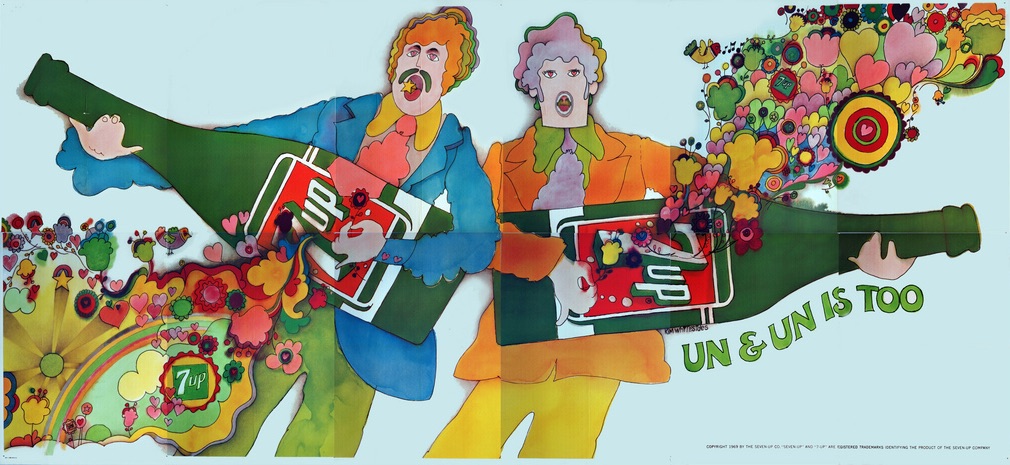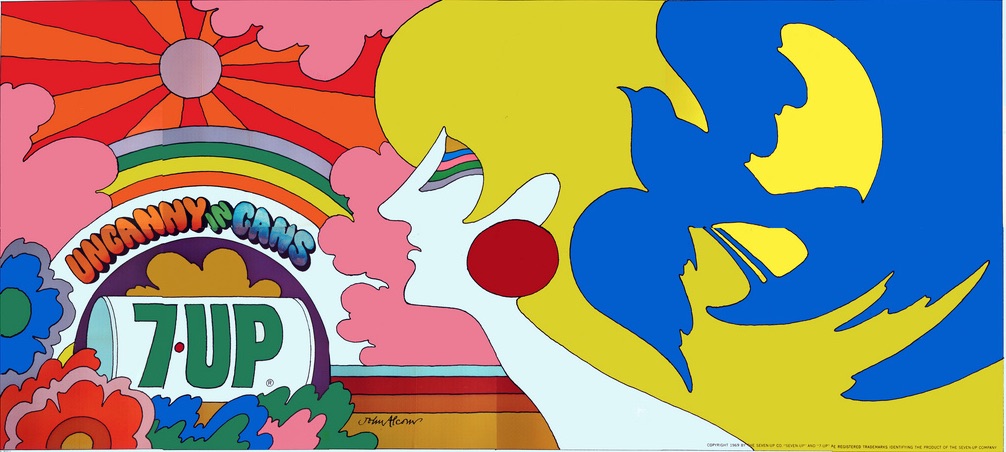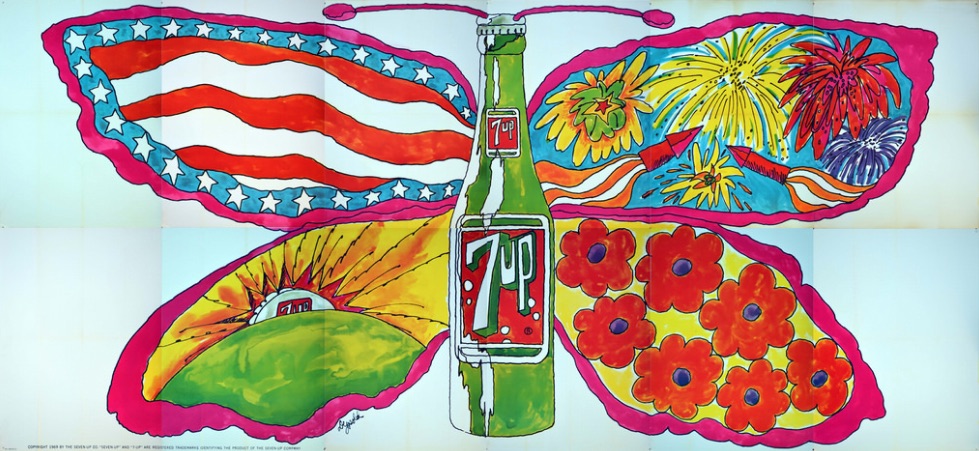Iconic Ads: 7 Up – Uncola

Rather than emphasizing the similarities between the soda and its cola competitors, the advertising emphasized the differences – Uncola
In 1967, few were drinking 7-Up. The beverage was generally thought of as a mixer or a tonic for an upset stomach. 7-Up Company executives were eager to tap into a larger market.
Since they were on the point of bankruptcy, the corporation had no choice but to try something new.
They intended to rebrand its product as a soft drink, like Pepsi or Coca-Cola. And J. Walter Thompson came on board..
In America, the late 1960s were a trying time. The Vietnam War and the civil rights movement split the country. Disillusioned young people were forming a strong anti-war, anti-racial segregation, and anti-violence counter-culture. The “Summer of Love” was a period in 1967 when hippies converged in many cities with the hopes of sparking “a renaissance of compassion, awareness, and love, and the revelation of unity for all mankind.”
7Up decided to go after the youth market.
‘Un’
Leveraging this ‘anti’ energy Charlie Martell at JWT created the word “Uncola” around which the campaign was created. It was the oppositional beverage: the “Uncola. Rather than emphasizing the similarities between the soda and its competitors, the advertising emphasized the distinctions.
They concentrated on puns based on the word “Un”. JWT cleverly positioned 7-Up as an alternative brand for alternative individuals by depicting Coke and Pepsi as “the Establishment.”
Leading the creative team was Bill Ross along with Ed George, Bob Taylor and Bill Bosworth and of course Martell.
Outdoor Focussed
As a part of the campaign, JWT held a contest in which artists were invited to submit outrageously inventive concepts for 7-Up advertisements. The client was shown the submissions and chose the final photographs. The winner received a $2000 prize and the chance to collaborate with JWT on final versions. JWT and the Seven-Up company created a campaign of colorful roadside billboards with psychedelic graphics as a result of the competition. In 1969, highways across the country were adorned with art by young graphic designers such as Pat Dypold, Ed Georges, and Milton Glaser.
Outdoor was used was as a means of zeroing in on a specific target college and younger age groups, rather than as a non-discriminatory mass media. The boards were placed in the appropriate locations, and the art was chosen to appeal to the various age groups. As a result, there has been a surge in demand for Seven-Up posters to be used as room decorations and party decorations, despite the company’s lack of promotion.”
Television spots were used to supplement the campaign’s print ads and billboards. The most memorable ads from this campaign featured Geoffrey Holder, a Trinidadian dancer and actor, The commercial broke down racial barriers within the Seven-Up Company, which had never used black actors in television commercials before.
Uncola’s campaign lasted well into the 1970s. The campaign aimed to stay in touch with oppositional culture as time passed by using new visual forms such as grafitti. “In 1968, the rebellious attitude of adolescents was a feasible match for the rebellious attitude of Seven-Up,” JWT claimed. The attack is still viable today, in the 1970s.” However, during the course of the decade, 7-Up’s hard-won market share dwindled, while another lemon-lime soda, Sprite, grew in popularity.
For reference –







